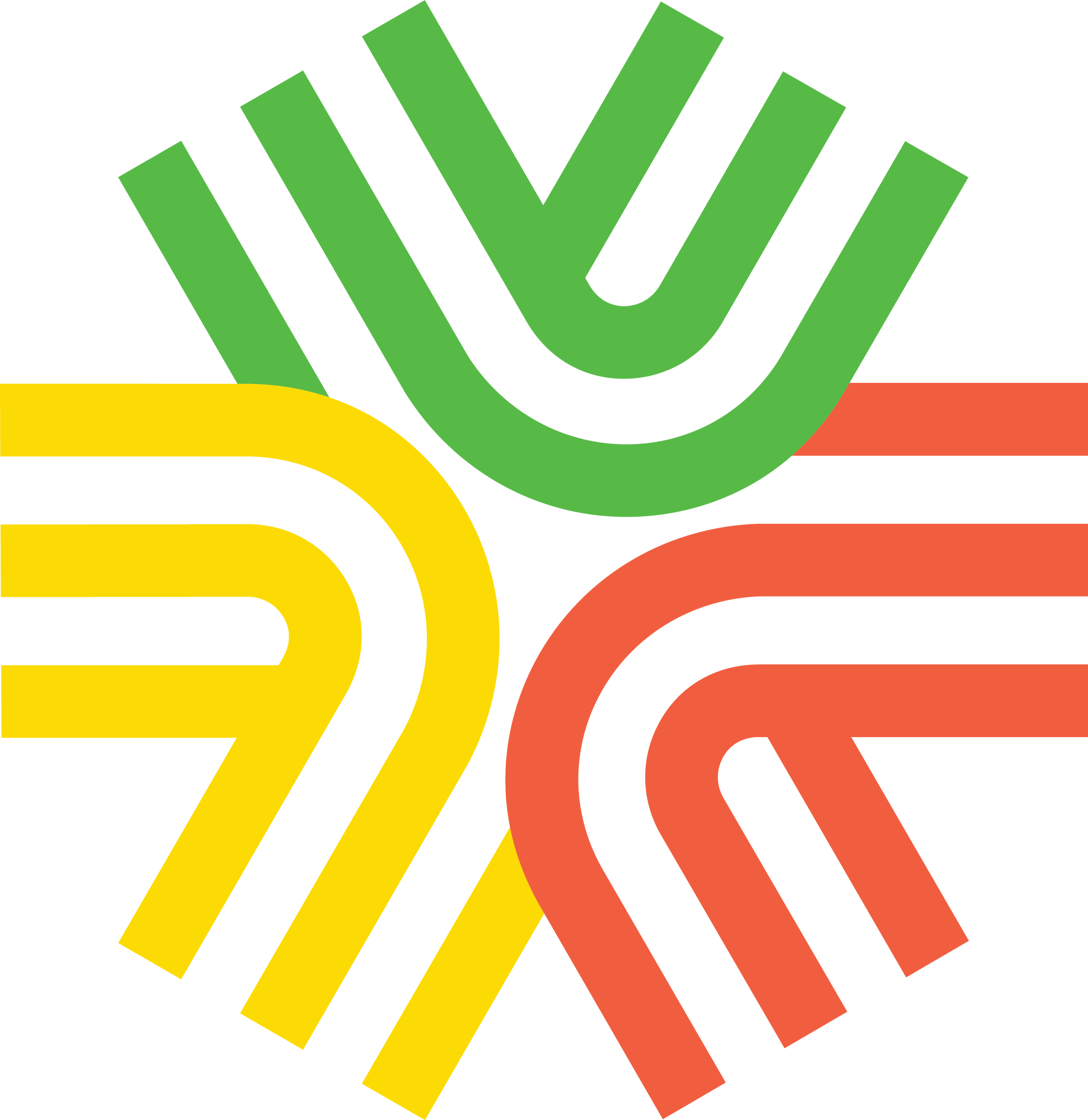Inquiring about Destinations and Developing Knowledge of Universities Abroad
Universities in the United States typically review applications holistically, which means they look at various academic and non-academic factors when reading student applications.
A great tool to share with students aspiring to study at high-ranking universities in the United States is the Common Data Set, an annual survey sent to all US universities. Once published, each university’s website informs applicants of the typical Grade Point Average, SAT or ACT scores if required, and other academic and non-academic requirements that the university’s admissions officers look for when reading student applications.
Universities give great importance to the rigor of the secondary school record, i.e., The curriculum the student studied, such as IB, A-Levels or the country-specific HSC, class rank when reported, the academic GPA, application essays and recommendations from teaching faculty. Post-COVID, many universities no longer require or include the SAT/ACT score in their decision; however, the Common Data Set and the university’s Admissions website specify university requirements.
US universities offer a wide variety of majors. The most popular areas of study students graduating from International School Dhaka apply for are business and social sciences, including economics, engineering, law, and the arts. Post-COVID, a growing number of students are looking to study in Medical and Healthcare related fields.
After secondary school, students apply to study for a bachelor’s degree. Like universities in Bangladesh, students studying in the US typically complete this degree in 4 years. An advantage of the IB curriculum looked at ISD is that students who achieve top scores may receive credit for their university transcripts, reducing costs and possibly a semester of coursework.
At ISD, our College Counseling program begins as early as Grade 9, when students are encouraged to share the various careers and explore application requirements in their countries of interest. During Grade 10, our students prepare for the IB Diploma Programme by selecting six subjects to study in-depth. For most majors, the subject selection is an available choice, but for pre-professional degrees such as medicine, engineering, arts and architecture, universities may have pre-requisite courses they want to see the student has studied in mathematics, sciences, or the arts.
During Grade 11, ISD students are encouraged to take standardized tests such as the SATs/ACT in December, March, or May, and the IELTS or TOEFL to demonstrate their English proficiency and sometimes to meet country-specific visa requirements.
During Grade 12, in September and October, the most successful students and their families narrowed down shortlists of universities to apply to, identified 1-2 faculty who would write their academic letters of recommendation, and the students started to draft application essays. The Common Data Set for each university informs applications of how much importance the university places on the application decision and gives students space to share their character and future aspirations; it also demonstrates to the university that the student can write proficiently in English.
By November, students who seek to apply to US universities for early decision or action submit. If students apply early, the universities respond with decisions by Mid-December. Possible outcomes include denial, deferred to the regular decision application, or acceptance. Student acceptances are final only when a student receives their secondary diplomas after passing their final exams at ISD.
Between December-February, students submit regular decision applications and receive acceptances and denials or are waitlisted. Regular decisions are typically announced in March or April.
During the spring, students await their final decisions, and mentally, they and their families realize these are the last months of their secondary schooling and their time at home with families. In addition, students prepare for final exams at school.
1 May is the standard deadline for students to decide which university they will attend, and families deposit money with a single university. Universities begin inviting students for online orientation sessions where students learn about accommodations and academic advisors. They receive notice of their visa application and the I-20 documents needed to apply for a US visa interview.
June is the season of graduation ceremonies. After graduating from ISD, universities look to receive an official transcript or academic record from a school official before the student is fully admitted to the university. In July, the official IB scores are released, and official scores are sent to the student’s final choice universities.
ISD students have a strong interest in pursuing higher education abroad and have a solid academic foundation from the IB curriculum at ISD. Universities from around the world recruit our students to join their campuses. Resuming this year, ISD has the pleasure of hosting in-person university representatives who meet directly with students and teachers. During the school day, ISD College Counselor invite university representatives to give presentations and answer student questions about programs, scholarships, internships and career opportunities.
So far this year more than a dozen universities have visited ISD, and additional visits are scheduled in the coming weeks. Some highlights include:
- US Universities included: Mount Holyoke, Ohio Wesleyan, SUNY Albany, California Luthern, Bentley, and Stony Brook.
- Canadian universities included: the University of British Columbia, McMaster, Ontario Tech, Queen’s, Toronto Metropolitan (formally known as Ryerson), University of Windsor, and the University of Victoria.
Ellen Johnston
College Counselor at International School Dhaka & member of the
International Association for College Admissions Counseling











